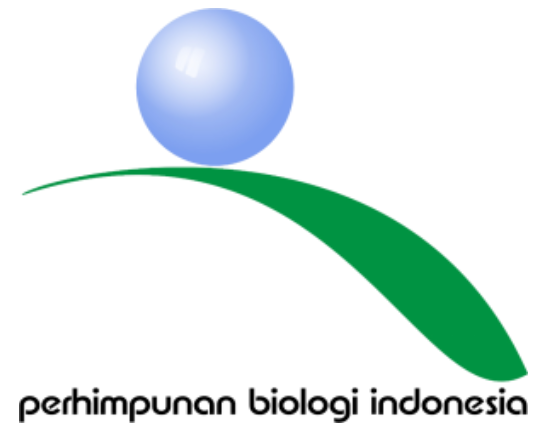THE EFFECTIVITY OF EM4 MADE FROM BACTERIA Bacillus sp. FOR COMPOSTING HOUSEHOLD WASTE AND ON THE GROWTH OF CAYENNE PEPPER PLANT (Capsicum frutescens L)
DOI:
https://doi.org/10.21831/ijobi.v2i1.620Keywords:
Cayenne pepper (Capsicum frutescens L), EM4 Bacillus sp, Household waste compostAbstract
This study aims to determine the influence of differences in EM4 dosage made from Bacillus sp. and cow dung against composting household waste, to find the best dose to speed up household waste composting, and to test the resulting compost on the growth of cayenne pepper plants (Capsicum frutescens L). This is a 2-stage experiment. The first stage is the effectiveness of composting using a Completely Randomized Factorial design, and the second stage is a biological test by looking at the growth of chili plant seeds using a Completely Randomized Design. The object of this research is household waste that has not undergone decomposition, incubated in the same tub with 4 different dosage levels ( 0%, 5%, 10%, and 15%), and 3 different treatments with cow dung (1:2 and 1:4). Each treatment was repeated 3 times. This treatment lasted 41 days, followed by the second stage, where the resulting compost was used for cayenne pepper. Each treatment was carried out 5 times over 15 days with 4 observations. The parameters observed were the physical results of the compost (color, odor, and structure), temperature, composting pH, plant height, number of leaves, wet weight, and dry weight of cayenne pepper plants. Data were analyzed descriptively in stages one and two using One-way ANOVA, then continued with the Duncan Multiple Range Test (DMRT). The results showed that using EM4 made from Bacillus sp. mixed with cow dung affects the quality of the composting results. The optimal concentration for making household waste fertilizer is 10%. Household waste fertilizer significantly affects the growth of cayenne pepper plants, as seen from all observation parameters, namely plant height, number of leaves, fresh weight, and dry weight.
Downloads
References
Antonius, S. 2007. Empowerment of Selected Microbes in Organic Farming Soil Enzymatic Studies to Support Quality Improvement. Bogor: LIPI Cibinong.
Djuarnani, N., et al. 2005. A Quick Way to Make Compost. First Printing. Jakarta: Agro Media Library.
Endah Sulistyawati, et al. 2008. The Effect of Decomposer Agents on the Quality of Household Organic Waste Composting Results. Paper presented at the National Seminar on Environmental Research in Higher Education. Jakarta: Trisakti University
Harjadi SS 1996. Introduction to agronomy. Jakarta: PT. Gramedia Pustaka Utama.
Prihandarini. 2004. Waste Management Recycling Waste into Organic Fertilizer. Jakarta: perpod in Agustina, C. 2007. The Effect of Composting on Several Physical Properties of Entisol and the Growth of Corn Plants (Zea mays L) Thesis. Malang: Soil Department, Faculty of Agriculture, Brawijaya University.
Salisbury, F. B, and C. W. Ross. 1995. Plant Physiology Volume 1. Bandung: ITB
Sitompul, SM, and Bambang, G. 1995. Plant Growth Analysis. Yogyakarta: Gadjah Mada University Press
Sunarto. 2003. The Role of Decomposition in the Production Process in Marine Ecosystems. Introduction to the Philosophy of Science, IPB Postgraduate/Doctoral Program. Bogor: IPB Press
Sulistyorini, L. 2015. Waste Management by Turning It into Compost. Journal of Environmental Health. Vol. II, no. 1, July 2015: 77-84
SNI 19-7030-2004.pdf
Yulianto, AB 2009. Guidebook for Integrated Waste Processing: Conversion of Market Waste into High-Quality Compost, Jakarta: YDP.
Yuwono, Teguh .2006. Decomposition Speed and Quality of Organic Waste Compost. Journal of Agricultural Innovation. Vol. 4, No. 2.
Downloads
Published
Issue
Section
License
Copyright (c) 2024 Indonesian Journal of Bioscience (IJOBI)

This work is licensed under a Creative Commons Attribution-NonCommercial-ShareAlike 4.0 International License.




















